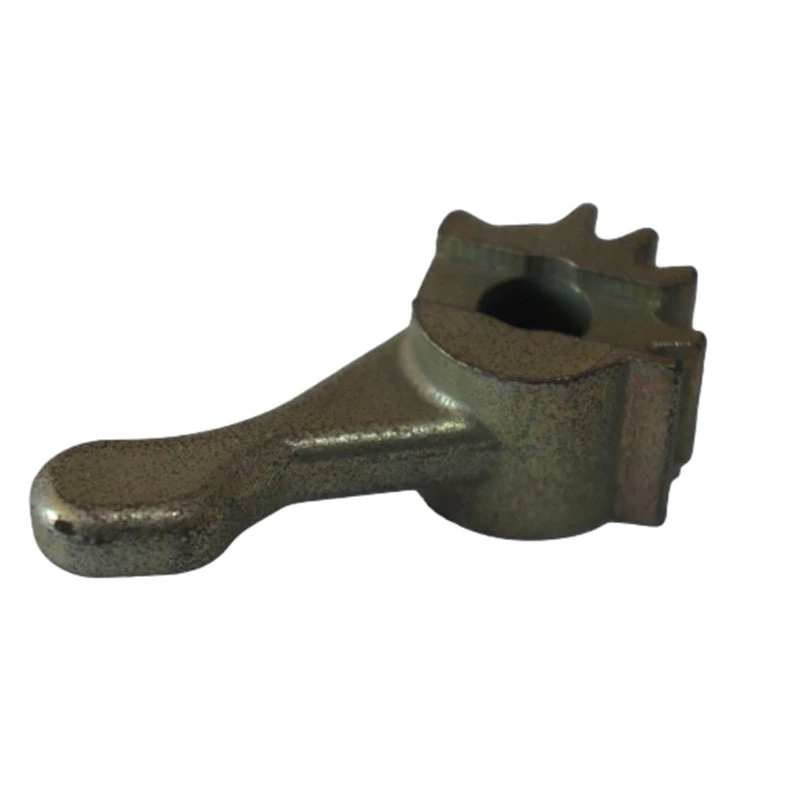process parameters of abrasive jet machining
Process Parameters of Abrasive Jet Machining
Abrasive Jet Machining (AJM) is a non-traditional machining process that utilizes a high-velocity jet of abrasive particles to erode workpiece material. This versatile and efficient technique is particularly effective for machining hard and brittle materials such as ceramics, glass, and hardened metals. The success and efficiency of AJM largely depend on several key process parameters, which can significantly influence the material removal rate, surface finish, and overall effectiveness of the machining process.
1. Abrasive Particle Size
One of the primary factors affecting the AJM process is the size of the abrasive particles. Typically, the abrasive grains range from 0.1 mm to 0.5 mm in diameter. Smaller particles tend to provide a finer finish, making them suitable for precision machining, while larger particles can enhance the material removal rate but might result in a rougher surface finish. The selection of particle size must balance these aspects according to the specific application requirements.
2. Abrasive Material
The type of abrasive material used can also influence the machining performance. Common abrasive materials include alumina, silicon carbide, glass beads, and garnet. Each material has distinct hardness and toughness characteristics, which impact the efficiency and effectiveness of the machining process. For instance, silicon carbide is particularly effective for harder materials, while alumina may be preferred for softer substrates. The choice of abrasive material is critical in achieving the desired machining outcomes.
3. Jet Pressure
The velocity of the abrasive jet is determined by the pressure at which the gas or air is supplied to the system. Higher jet pressures increase the velocity of the abrasive particles and consequently lead to a higher material removal rate. However, excessive pressure may also cause damage to delicate workpieces or lead to undesirable surface finishes. Typically, pressures in the range of 2 to 6 bars are utilized in AJM, with adjustments made based on the attributes of the workpiece and desired outcomes.
process parameters of abrasive jet machining

4. Stand-off Distance (SOD)
The stand-off distance refers to the gap between the nozzle and the workpiece surface. This parameter plays a significant role in influencing the machining effectiveness. A shorter SOD can increase the impact force of the abrasive particles but may also concentrate the energy over a smaller area, possibly leading to localized damage. Conversely, a longer SOD can provide a more uniform distribution of energy, albeit at lower impact force levels. Hence, optimizing the stand-off distance is crucial to achieving the desired results.
5. Feed Rate
The feed rate is the relative motion between the workpiece and the abrasive jet. A faster feed rate may lead to reduced material removal efficiency, as the jet may not have sufficient time to erode material effectively. However, a very slow feed rate can cause excessive wear on the nozzle and may also lead to overheating or damage to the workpiece. Therefore, selecting an appropriate feed rate is essential to balance efficiency and part integrity.
6. Angle of Impact
The angle at which the abrasive particles strike the workpiece surface also affects the machining process. Generally, a perpendicular impact angle leads to maximum material removal efficiency. However, different angles may be employed depending on the shape of the workpiece and the specific machining requirements. Experimenting with different impact angles can optimize the process for specific applications.
Conclusion
In summary, the performance of Abrasive Jet Machining is influenced by various process parameters, including abrasive particle size, material selection, jet pressure, stand-off distance, feed rate, and angle of impact. Understanding and optimizing these parameters is essential for maximizing machining efficiency and achieving high-quality surface finishes. As technology continues to advance, ongoing research in AJM process parameters will likely enhance its applicability and performance across various industries.
-
Precision Sheet Metal Stamping Manufacturer | Fast & ReliableNewsAug.01,2025
-
OEM Sand Cast Pump Valve Fittings - Baoding Hairun Machinery And Equipment Trading Co., Ltd.NewsAug.01,2025
-
Custom OEM Impellers | High Efficiency & PrecisionNewsAug.01,2025
-
OEM Sand Cast Pump Valve Fittings - Baoding Hairun Machinery | Customization, Quality AssuranceNewsAug.01,2025
-
OEM Sand Cast Pump Valve Fittings - Baoding Hairun Machinery And Equipment Trading Co., Ltd.NewsAug.01,2025
-
OEM Sand Cast Pump Valve Fittings - Baoding Hairun Machinery And Equipment Trading Co., Ltd.NewsJul.31,2025















